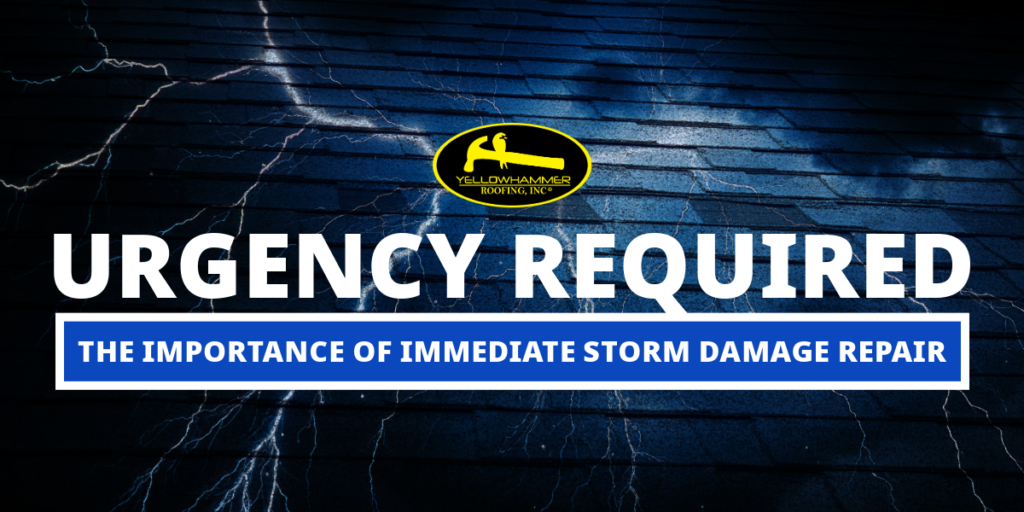No wonder the daily struggle is real; the average homeowner has to incorporate science, technology, and accounting in every decision. Take insulation. You may not even know how insulation works (psst — by resisting air flow) or how insulation resistance is measured. But you need to know so you spend your hard-earned money wisely.
R But Not The One With Pirates
Sure, you can celebrate International Talk Like a Pirate Day every September 19. But we are talking about a different R — R-value, which means Resistance value. R-value is a numerical way to classify materials (every material, including air and water) according to their resistance to heat transfer. The higher the R-value, the greater the resistance to heat transfer.
Ahem. A bit of science, if you please. Heat is the movement of thermal energy from hotter and high-energy materials and areas to cooler, lower-energy materials and areas.
Suppose you have a scorching hot roof on your Alabama home in August. Suppose your central air conditioner is straining mightily to keep the inside of your house cool and comfortable. Any heat from the roof will find its way into your living space in three ways:
- Conduction — transfer of heat energy by direct contact, like roof touching rafters touching drywall
- Convection — heat energy transfer by currents (air or water, typically)
- Radiation — heat transfer by electromagnetic waves, without anything touching (think sunlight)
Anything thrown up in the path of that heat transfer resists the transfer. Your Alabama or Tennessee home is full of insulators (materials that conduct heat poorly) and conductors (materials that conduct heat well).
Insulators include wood, stone, air, and water. So the rafters, sheathing, joists, drywall, and air all help to slow down the movement of heat from roof to living space.
Conductors include metals (and diamonds, oddly enough), which is about the whole list. So your plumbing pipes, electrical wires and conduit, and metal window frames will all move heat from outside to inside very quickly.
Measure Up
Measuring R-value is a mixture of exact science and innovative technology. Use R-values as a yardstick to compare products, but never think that the posted R-value of an item exactly shows how that material behaves in everyday applications.
For example, the R-value of a 3.5-inch wide, still air space is R1.01; fill that same space with fiberglass batting (insulation), and the R-value becomes 10.9. In actual use, you might get something like R8 or R9 out of the insulation.
Attic insulation (and wall insulation and nearly all other building insulation) works not by the material itself but by the amount of discrete air pockets the material can trap. A four-inch thick brick only has an R-value of R0.8 because it is solid. The more solid something is, the faster heat energy can move through it.
Keep to the Code
The federal Energy Star guidelines for insulation in our area call for:
- Floors to have R13 to R19 insulation
- Attics to have R30 to R60 insulation
- Attics with existing insulation can have up to R38 insulation added and still be cost efficient
Local building codes tend to follow the International Building Code (IBC), which outlines the following requirements:
- Ceilings — R38
- Wood frame walls — R20
- Floors — R19
- Basement walls and crawl spaces — R5
- Concrete pad foundation — R0
For existing homes, any remodeling is an excellent opportunity to improve your Alabama or Tennessee home’s energy efficiency. The Energy Star program recommends adding blown-in insulation beneath outside sheathing when you have new siding installed. The same is true in the attic. Adding additional blown-in insulation to an existing home is almost literally money in your pocket.
How Much is Too Much?
Different materials, as we have seen, insulate differently. One of the most effective insulators (it traps many air pockets) is blown-in, cellulose, or fiberglass insulation. This fluffy, non-settling material really resists heat transfer, so your Alabama or Tennessee home stays cooler on even the worst August days.
Still, you can have too much of a good thing — too much attic insulation. You can reach a tipping point where you waste money by adding unnecessary insulation or using the wrong insulation in the wrong places. Too much insulation, the wrong type, or the wrong mix of insulation types, can lead to poor ventilation, blocked soffit vents, or high humidity levels.
Your insulation contractor is your best ally in getting the quantity and material (cellulose or fiberglass in this modern age) just right. Feel free to discuss your options and explore the different properties of different insulation materials before committing to an insulation project.
Yellowhammer Roofing, with offices in Alabama and Tennessee, can provide you with complete roofing and insulation services. Contact us today to learn how you can save money with the right amount of the correct insulation.






